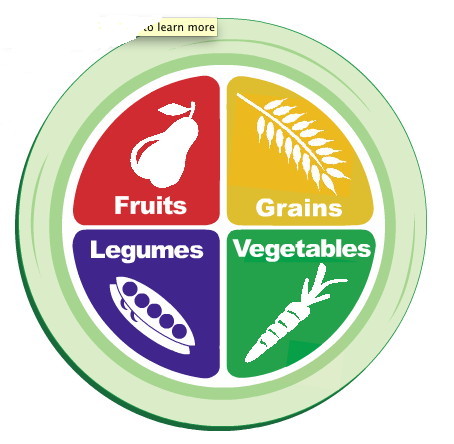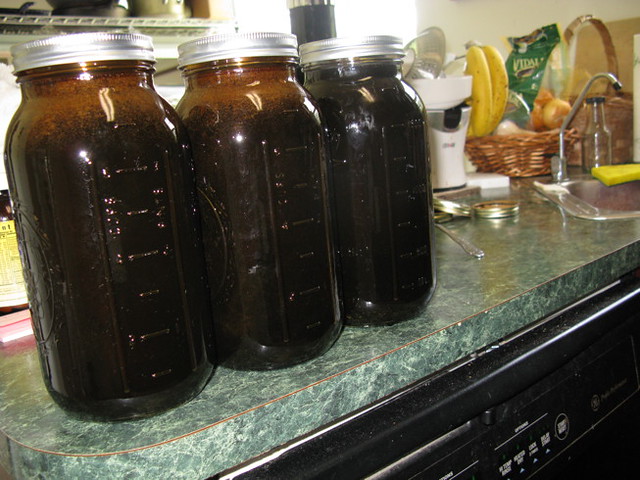Friday, July 22, 2011
Santa Barbara, North Carolina
Thursday, July 21, 2011
Rohan Designs: Taking Care of Customers

The Thrill of Victory, The Agony of Victory
Wednesday, July 20, 2011
Want to See Why Nobody Pays Attention to MSNBC?
Santa Barbara Beauty
Thoughts for the Day 12.0
If your target audience isn't listening, it's not their fault, it's yours.
It's the teacher's responsibility to cause the students to learn.
Sunday, July 17, 2011
Santa Barbara Courthouse
 my jury duty will take place in the bland, shiny, new courthouse that has replaced it for most county government work. I wouldn't mind reporting to and serving in the old courthouse -- walking on old wooden floors, sitting in old wooden chairs, smelling the history of Union County while I help decide the fate of a stranger (unless my ordained religious status causes me to be excused). That would make the wheels of legal tedium turn faster, for sure. If I lived in Santa Barbara County, I might volunteer for jury duty just to spend a week reveling in the beauty of what is possible when people really try. (Thanks to Priscilla for the grand tour.)
my jury duty will take place in the bland, shiny, new courthouse that has replaced it for most county government work. I wouldn't mind reporting to and serving in the old courthouse -- walking on old wooden floors, sitting in old wooden chairs, smelling the history of Union County while I help decide the fate of a stranger (unless my ordained religious status causes me to be excused). That would make the wheels of legal tedium turn faster, for sure. If I lived in Santa Barbara County, I might volunteer for jury duty just to spend a week reveling in the beauty of what is possible when people really try. (Thanks to Priscilla for the grand tour.)What Happens to Your Luggage?
Tuesday, July 12, 2011
Friday, July 1, 2011
Swiss Chard Seed
Wednesday, June 29, 2011
How Does Venice Work?
Monday, June 20, 2011
Coming Back to Life
[Dark stage, spare acoustic guitar opening, contemplating his pain,
the choral voices, like a Greek chorus, amplifying what he's feeling]
Where were you when I was burned and broken
While the days slipped by from my window watching
Where were you when I was hurt and helpless
Because the things you say and the things you do surround me
While you were hanging yourself on someone else's words
Dying to believe in what you heard
I was staring straight into the shining sun
[Guitar picks up strength and rhythm;
a glimmer of hope and possibility of life.]
Lost in thought and lost in time
While the seeds of life and the seeds of change were planted
Outside the rain fell dark and slow
While I pondered on this dangerous but irresistible pastime
I took a heavenly ride through our silence
I knew the moment had arrived
For killing the past and coming back to life
[Lights come up, the audience buys into the story, full band enters,
underscored by the bass line, almost like a heartbeat,
bringing light and life to what he's just realized:
"the moment had arrived for killing the past and coming back to life."]
I took a heavenly ride through our silence
I knew the waiting had begun
And headed straight..into the shining sun
Yet indeed I also count all things loss for the excellence of the knowledge of Christ Jesus my Lord, for whom I have suffered the loss of all things, and count them as rubbish, that I may gain Christ and be found in Him . . . [that] I may attain to the resurrection from the dead. . . . forgetting those things which are behind and reaching forward to those things which are ahead, I press toward the goal for the prize of the upward call of God in Christ Jesus.(Philippians 3:8-14)




















































